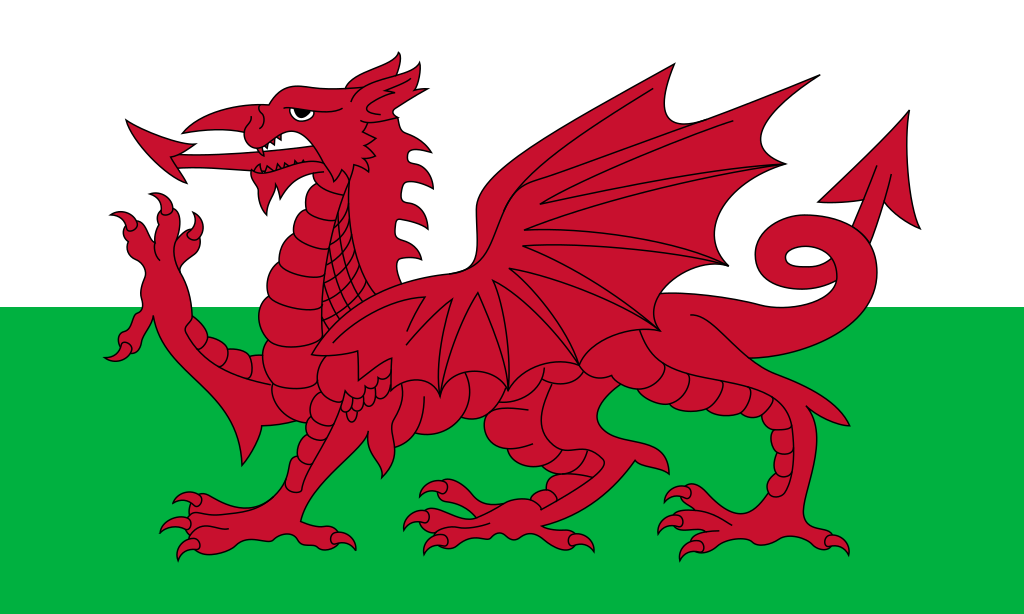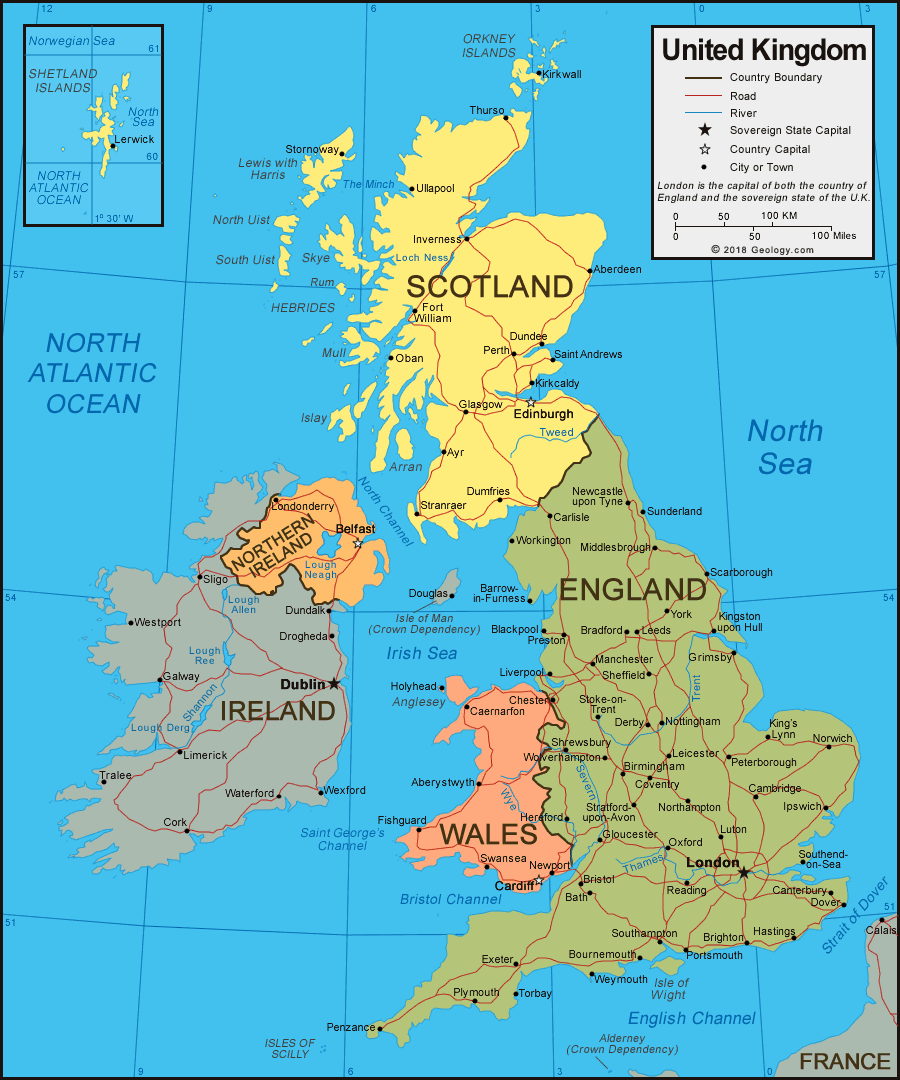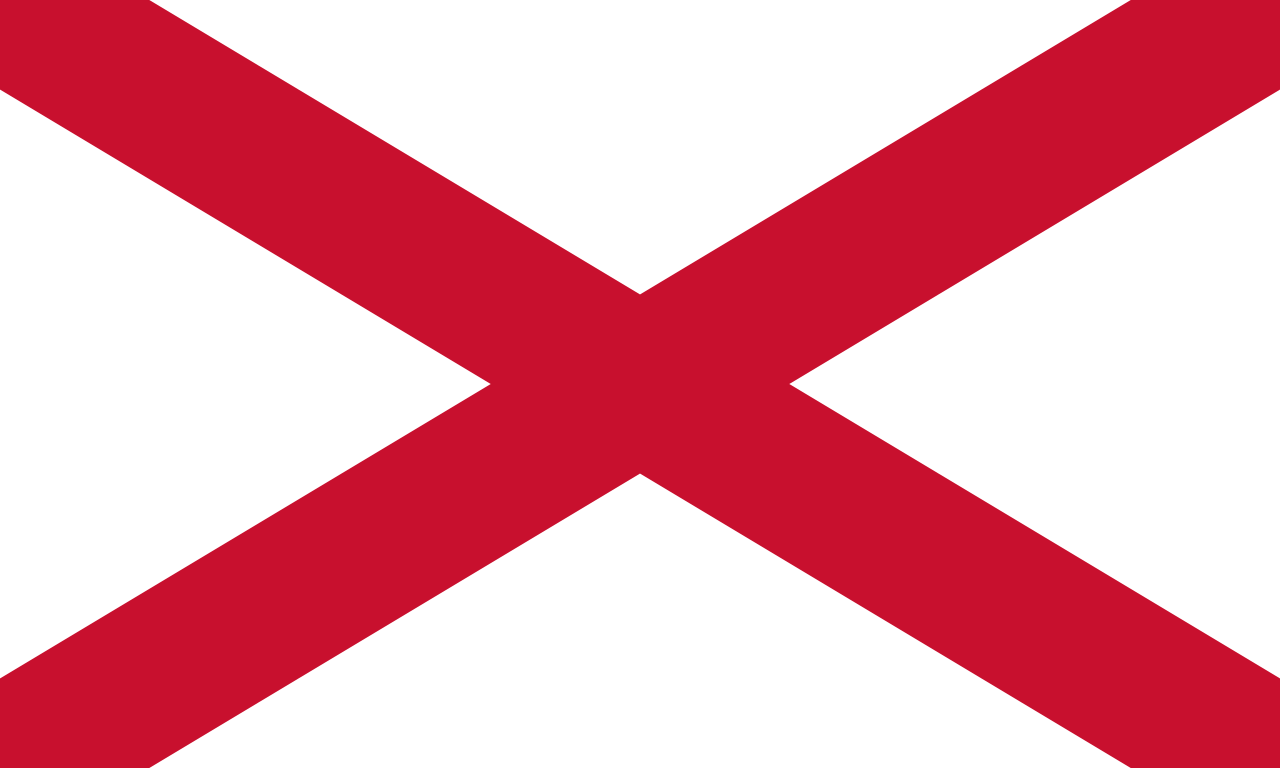Flags are not just pieces of cloth, they are symbols of identity and pride that represent the history, culture, and values of a nation. The flags of the United Kingdom (UK) are no exception, and their designs are steeped in rich history and deep meaning.
 |
| The Union Jack, the national flag of the United Kingdom, combines the Crosses of St. George (England), St. Andrew (Scotland), and St. Patrick (Ireland). Encyclopædia Britannica, Inc. |
From the iconic Union Jack, which represents the union of England, Scotland, and Ireland, to the distinctive flags of Wales and Northern Ireland, each flag has a unique story to tell. Let’s explore the fascinating world of the flags of the United Kingdom.
Table of contents
The Union Jack: A Symbol of Unity
The Union Jack is arguably one of the most recognizable flags in the world.
 |
| The Union Jack is arguably one of the most recognizable flags in the world. |
Its design is a combination of the flags of England, Scotland, and Ireland, and it was first used in 1606. The Union Jack represents the union of these three countries under a single monarchy.
The flag’s blue background and white diagonal cross of St. Andrew represent Scotland, while the red background and white diagonal cross of St. George represent England. The white diagonal cross of St. Patrick on a red background represents Ireland.
The Union Jack has been used to symbolize the British Empire and has played a significant role in British history. It remains an important symbol of British identity and pride.
St. George’s Flag: A Symbol of English Heritage
St. George’s flag is the national flag of England, and is also known as the Cross of St. George. It is a red cross on a white background, and is believed to have been used as a symbol of English military forces as early as the 13th century.
The flag has been associated with English heritage and patriotism, and is often seen at sporting events and celebrations. However, it has also been associated with right-wing nationalism and has been used by some groups to promote anti-immigrant and anti-Muslim sentiment.
The Saltire: A Symbol of Scottish Identity
The Saltire is the national flag of Scotland, and is also known as the St. Andrew’s Cross. It is a white diagonal cross on a blue background, and is said to represent the crucifixion of St. Andrew, the patron saint of Scotland.
The Saltire has been used as a symbol of Scottish identity and pride for centuries. It is often flown alongside the Union Jack in Scotland, and is seen as a powerful symbol of Scottish independence.
The Flag of Wales: A Symbol of Welsh Heritage
The flag of Wales, also known as the Red Dragon or Y Ddraig Goch, is a striking red dragon on a green and white background. The flag is believed to have been used by Welsh soldiers during the 15th century, and has since become an important symbol of Welsh heritage and pride.
 |
| The flag of Wales (Welsh: Baner Cymru or Y Ddraig Goch, meaning 'the red dragon') consists of a red dragon passant on a green and white field. |
The flag has been associated with Welsh nationalism and has been used to promote the Welsh language and culture. It is often flown at sporting events and cultural celebrations, and is a powerful symbol of Welsh identity.
The Ulster Banner: A Symbol of Controversy
The flag of Northern Ireland, also known as the Ulster Banner, is a red cross on a white background with a red hand in the center. The red hand is a symbol of Ulster, one of the four provinces of Ireland that is now divided between Northern Ireland and the Republic of Ireland.
The Ulster Banner was adopted in 1953 as the official flag of Northern Ireland, but it has been controversial due to its association with the region’s Protestant community and the history of sectarian conflict in Northern Ireland.
Some people in Northern Ireland identify strongly with the Ulster Banner, while others see it as a symbol of division and exclusion. The flag is not used as widely as the other flags of the United Kingdom, and is not flown on government buildings or used in official ceremonies.
Controversies Surrounding the Flags of the United Kingdom
The flags of the United Kingdom have not been without controversy. While they are symbols of national identity and pride, they have also been associated with issues of nationalism, identity politics, and sectarianism.
For example, the Union Jack has been criticized by some groups in Scotland and Northern Ireland who see it as a symbol of British imperialism and domination. Similarly, St. George’s flag has been associated with right-wing nationalism, and some people in Wales have criticized the inclusion of the Union Jack in their national flag.
 |
The United Kingdom is located in western Europe and consists of England, Scotland, Wales, and Northern Ireland. It is bordered by the Atlantic Ocean, The North Sea, and the Irish Sea. | Image: Geology.com |
The Ulster Banner has been particularly controversial, with some people in Northern Ireland seeing it as a symbol of Protestant supremacy and exclusion of the region’s Catholic community. In 2020, the flag was removed from the grounds of Stormont, the seat of Northern Ireland’s government, due to concerns over its divisive symbolism.
Despite these controversies, the flags of the United Kingdom remain important symbols of national identity and pride for many people. They continue to be flown at sporting events, cultural celebrations, and government buildings, and are an important part of the country’s rich cultural heritage.
Conclusion
In conclusion, the flags of the United Kingdom are symbols of national identity and pride that represent the history, culture, and values of the country. From the iconic Union Jack to the distinctive flags of England, Scotland, Wales, and Northern Ireland, each flag has a unique story to tell.
While the flags have been associated with controversy and issues of nationalism and identity politics, they remain an important part of the country’s rich cultural heritage. They continue to be flown at sporting events, cultural celebrations, and government buildings, and are an important symbol of the United Kingdom’s place in the world.



.svg.png)
Post a Comment
Leave your comment here...